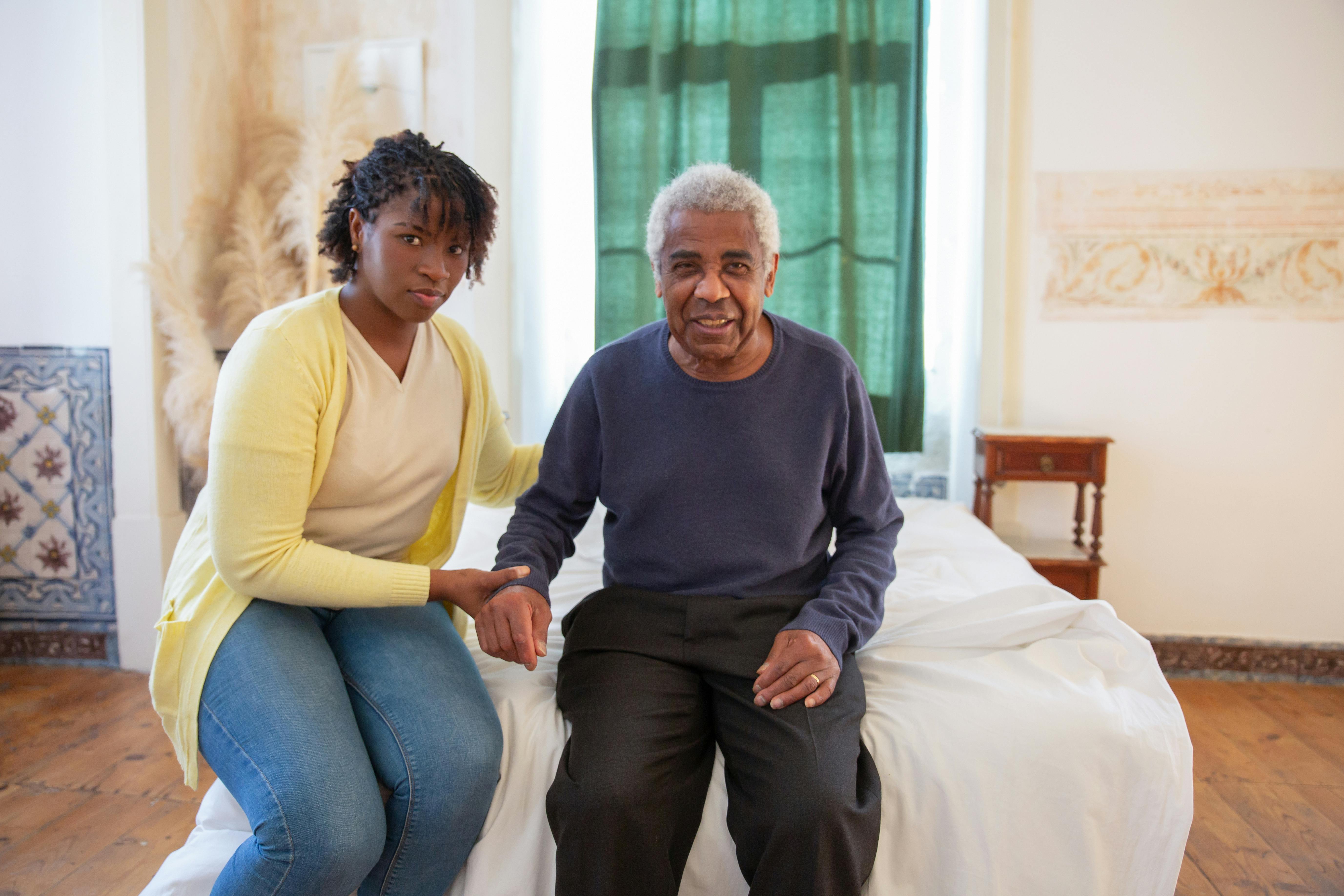Adjustable Bed Guide for Seniors and Bedroom Comfort
Adjustable beds change the way people rest by allowing the head, feet, or both to shift into different positions. For seniors and elderly people with mobility challenges, chronic pain, or breathing and circulation concerns, an adjustable bed can offer tailored support that a standard bed does not. This article explains how adjustable beds work, what features to consider for a senior, and how to fit one into a bedroom while keeping comfort and safety in mind.

This article is for informational purposes only and should not be considered medical advice. Please consult a qualified healthcare professional for personalized guidance and treatment.
What is an adjustable bed?
An adjustable bed is a mattress and base system designed to change orientation at various points, typically raising the head, knees, or both. The base contains motorized sections controlled by a wired or wireless remote, enabling users to find positions that reduce pressure points, improve breathing, or facilitate getting in and out of bed. Adjustable beds are compatible with many mattress types, including memory foam, latex, and hybrid models. They can be used in standard home bedrooms and are increasingly common in long-term care settings because of their ergonomic benefits.
How can an adjustable bed help a senior?
For a senior, the ability to elevate the head or legs can relieve symptoms associated with conditions like acid reflux, sleep apnea (mild cases), edema, and lower back pain. Raising the head reduces acid reflux episodes for some people and can improve nasal drainage during congestion. Elevating the legs can reduce swelling and improve circulation after long periods of standing or sitting. Additionally, adjustable positions can make transfers between bed and mobility aids safer when used with proper techniques and assistive equipment. Discussing specific needs with a healthcare provider ensures the bed’s features align with medical requirements.
Benefits for the elderly and mobility
Elderly users often benefit from improved comfort and reduced reliance on pillows for support. Adjustable beds can help maintain spinal alignment and distribute pressure more evenly, potentially reducing the frequency of position changes that disturb sleep. Caregivers may find tasks such as assisting with dressing or repositioning easier when the bed height and angle can be adjusted. Some models include integrated features like side rail compatibility, CPR release, or low-profile height settings, which can be important for safety and fall prevention. However, seniors should be assessed for transfer ability and balance before switching to an adjustable setup.
Choosing the right bed features
When selecting an adjustable bed, look at motor strength, noise level, and range of motion to ensure it meets daily use needs. Remote controls should be intuitive; many models offer memory presets for favorite positions. Mattress compatibility is critical: flexible mattresses that contour well tend to perform best on adjustable bases. Additional features to consider include USB charging ports, under-bed lighting, massage functions, and dual-zone adjustments for couples. Pay attention to warranty terms and service availability, especially for motorized components, and confirm that the frame supports any needed accessories like bed rails or trapeze bars.
Fitting an adjustable bed into the bedroom
Measure doorway widths, hallway clearances, and bedroom floor space before delivery to avoid installation difficulties. Adjustable bases can be heavier and require more clearance behind the headboard when tilted, so plan furniture placement accordingly. Consider the bed’s power source and whether outlets are readily accessible; extension cords may create tripping hazards. Flooring and mattress placement should accommodate caregivers’ needs if assistance is required. Finally, think about aesthetic options—headboards and bed skirts compatible with adjustable frames can help the setup blend with existing bedroom decor while preserving functionality.
Conclusion
Adjustable beds offer a range of mechanical and comfort features that can be particularly useful for seniors and elderly people managing mobility, circulation, or respiratory issues. Choosing the right combination of base, mattress, and accessories requires attention to medical needs, room layout, and practical features like controls and warranty coverage. Consulting healthcare professionals and certified suppliers can help match an adjustable bed to individual requirements and ensure a safer, more comfortable bedroom environment.






